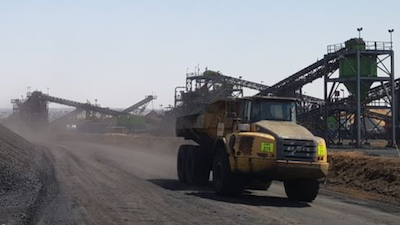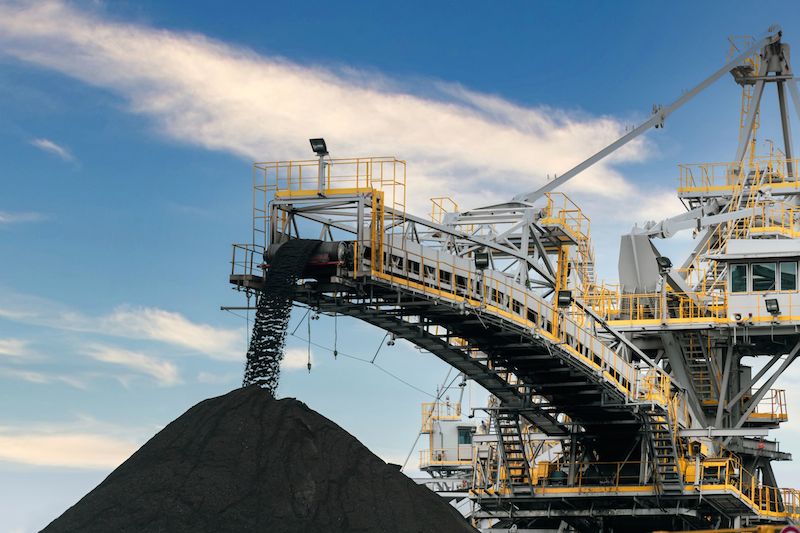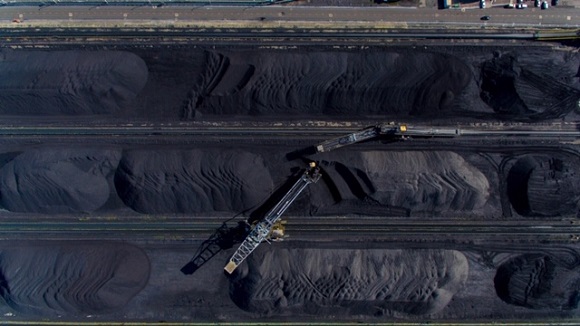

(Montel) European coal prices rose to their highest levels in more than three months this week underpinned by supportive technical and related-market signals, higher freight rates, French nuclear outages and some limitations to supply.
The fourth-quarter API 2 contract rose 1.3% on the week to USD 53.60/t, while the front year was a more modest 0.5% higher at USD 57.70/t, Ice Futures data showed.
On Thursday, the contracts hit their highest since late March, of USD 54.40/t and USD 58.70/t, respectively.
Montel’s head of technical analysis, Tom Hovik, said the Cal 21 API 2 contract would continue to gain ground this month.
“This product could test the quite important USD 58.70/t resistance level in the medium term, and if this gives way, one cannot rule out that the USD 62/t area will be seen at some point later in July.”
Despite the persisting oversupply situation, and relatively lacklustre demand, there remained some supportive fundamental factors, market participants said.
“The main outlook for API 2 prices is largely down to European electricity prices and the freight market,” said an analyst with a European coal trading firm.
“If electricity prices, and in particular German baseload ones, continue to climb then we could see room for API 2 to move up a bit,” he said.
He noted, however, gas remained the main contributor to thermal generation across Europe. “I don’t see any short-term scenario where that changes, due the abysmally low gas prices, but there is still some coal generation around the margins and low wind [coupled with] higher [power] demand can only help.”
Freight component
At the same time, freight rates have surged over the past month, with the Baltic Dry Index – a bellwether for global dry freight rates – more than tripling to 1,823 points.
“Freight rates are beginning to play a part in coal pricing again, as the significant jump in shipping costs is making some producers look to pass on some of these costs to end users,” the analyst said. He added, however, this was not a significant driver for the time being due to coal’s lingering disadvantage versus gas.
“But the increase in freight could see some marginal tonnes that would otherwise be for sale being held back as freight becomes prohibitive, helping the supply demand balance overall.”
Wayne Bryan, director of European gas research at Refinitiv, said the API 2 gains also reflected unusually low French nuclear generation levels, which TSO data showed at around 29 GW at the time of writing. “If the wind doesn’t blow and the sun doesn’t shine, you can’t be reliant on just gas,” he said.
France’s EDF this week announced several nuclear reactor outages, though it did revise up its capacity outlook for 2020 late on Thursday to 315-325 TWh, from 300 TWh previously.
A coal analyst with a European energy firm, meanwhile, said Russian supply would likely remain limited until exports via the port of Murmansk – which are currently delivered to the terminal via a temporary rail route – reach full capacity again in October.
Another coal analyst, with a trading firm, said while he also saw the aforementioned drivers playing a role over the coming weeks, there was also likely to be some genuine support from lower spot availability.
“The thing that is striking to me is that although coal demand has been awful, really very bad for consecutive years, the supply cuts – and consequent drop in coal exports – are also massive,” he said.
Source: Montel
Follow Montel on Twitter:
[tfws username=”montelnews” height=”700″ width=”350″ theme=”light” color=”#FAB81E” tweets=”2″ header=”yes” footer=”yes” borders=”yes” scrollbar=”yes” background=”yes”]













